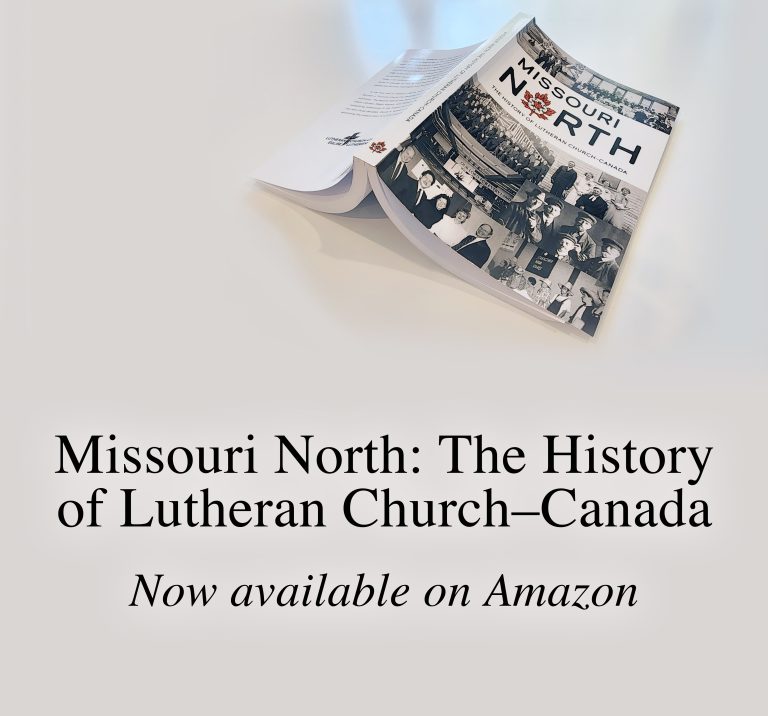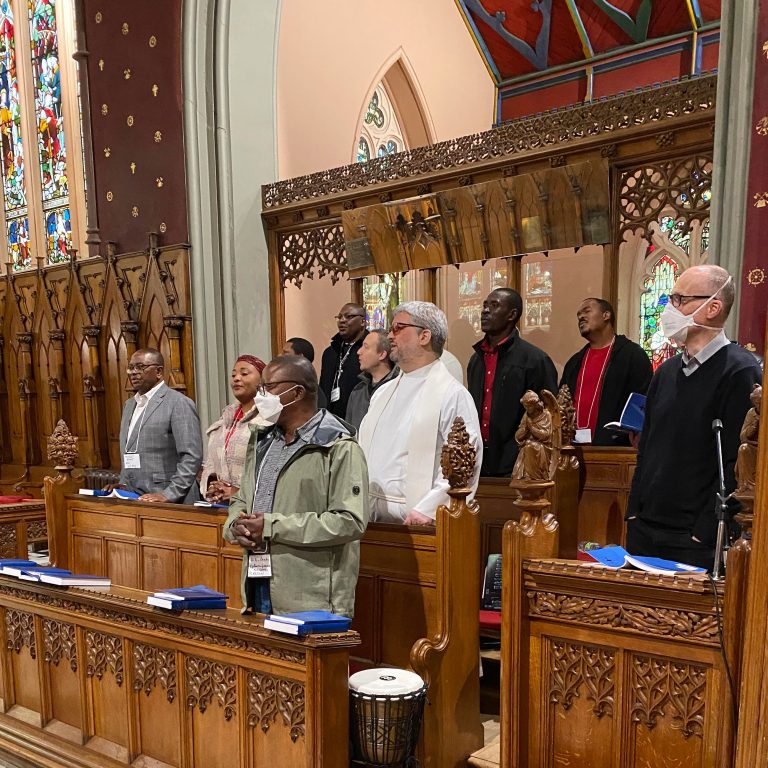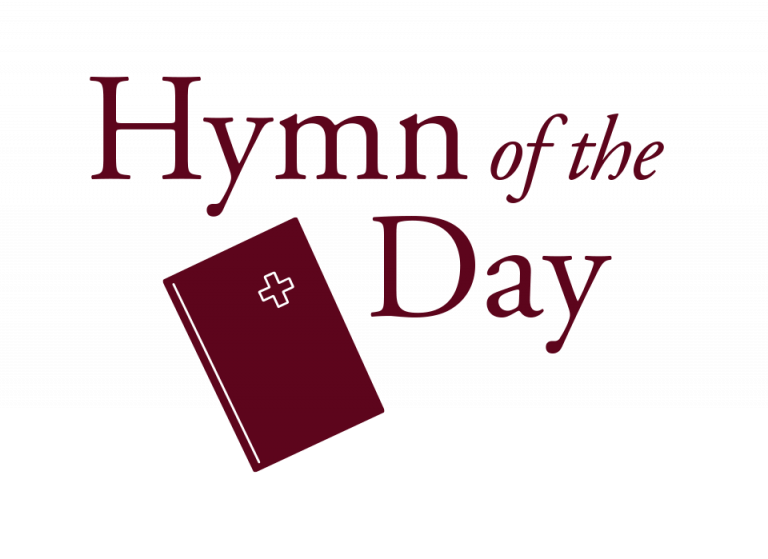Where Jesus walked
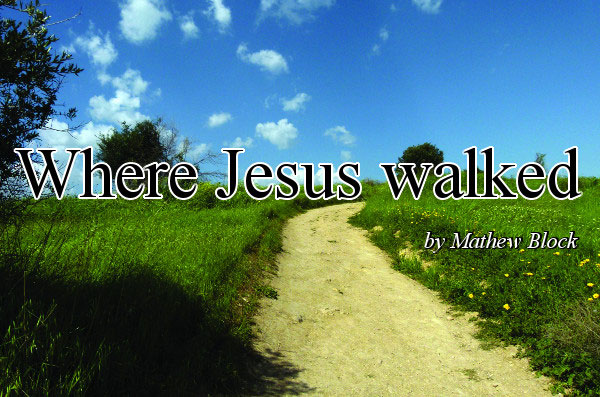
by Mathew Block
It’s Monday afternoon. We’re in Israel, standing in the ruins of Caesarea on the coast of the Mediterranean Sea. Though built more than two thousand years ago, the place is still a marvel to behold. It was once a major sea port, and though some of the great harbour has slipped into the sea, much of the city is still visible to enjoy. You can walk through the hippodrome, where the hooves of horses once thundered in great races, riders urging them on from their chariots, the audience cheering wildly from stone bleachers along the sides. Here also is a large open-air theatre, where crowds no doubt wept over tragedies and laughed at comedies during regular drama festivals.
In Caesarea, you can also visit the remains of a palace built by Herod the Great. Yes, that Herod: the king who once ordered the murder of all boys in Bethlehem two years old and younger, in an attempt to kill the infant Jesus. It’s a shocking contrast: in Caesarea, Herod invested his energies to build something beautiful, majestic, magnificent; in Bethlehem, he slaughtered newborn babes, worried one of them was after his crown.
This is the Holy Land, a place of paradox for Christian believers. We come to see ancient things, to connect with the stories of our past. But they are, we must confess, stories that bring equal parts pain as pleasure. Like the plays once performed in Caesarea’s theatre, there are both tragedies and comedies—sorrows and happy endings. But unlike plays performed upon a stage, these events are all too real. Nor are we mere spectators in the event; we are the actors.
This is the Holy Land, a place of paradox for Christian believers.
The Incarnation
During our trip, we visited Bethlehem in Palestine. We saw the place where tradition states the angels appeared to shepherds as they watched their flocks by night. We explored caves, similar to the type in which some scholars believe Jesus was born. We even visited the Church of the Nativity, a church built where tradition states the birth of Christ actually happened.
Visiting the Holy Land drives home for us the mystery of the Incarnation—not just because this is where Jesus was born, but rather because this is where Jesus lived. We go to Nazareth, where He grew up. We see Capernaum, the village He moved to once He began his ministry. We travel by boat on the Sea of Galilee, the place where He once walked upon the waters, where He calmed storms and granted faith to a doubting heart. We see the land in which He walked, in which He taught, in which He lived and interacted with family, friends, strangers, and enemies… This is the place God became man—where “the Word became flesh,” as John writes, “and made his dwelling among us” (John 1:14).
Note carefully that last word: us. We too are part of this story. Though we did not live when Jesus walked the hills of Galilee, we too are the people with whom He made His dwelling. God came down in the person of Jesus Christ, and He did so to live with us. The stories of Scripture are not only the history of a particular people in a particular place and time; they are God’s revelation to all people wherever and whenever they live.
God reaches down
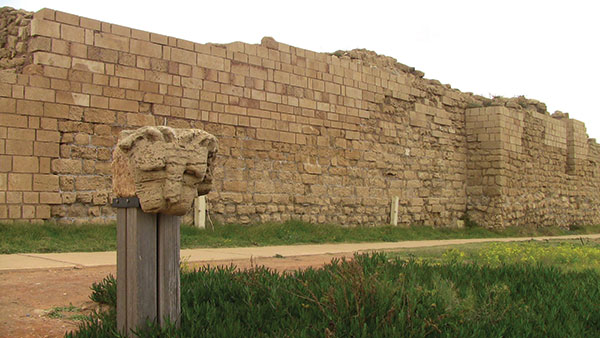
Ruins at Caesarea.
As we walk where Jesus walked, we remember that our God is not a God who stays up in heaven, disconnected from the world He has created. Instead, He comes down in grace to meet with real people—real sinners—where they are. He lived among the Jewish people then; He still lives among us now.
Christians believe that God became a Man in Jesus Christ, and that He lived and died in the Holy Land. But actually standing on a hill where He taught, seeing the towns in which He lived, looking into the empty tomb… these things remind us just how real the stories are. This is history. God lived here. These are places where He visibly and powerfully acted. Visiting the Holy Land makes the tangibility of God’s presence and grace real in a way which we often forget elsewhere in the world.
Because God reached down here in this place at that one particular point in history so long ago, we can trust God is still able to reach down to us today. Just as Christ taught then in the synagogue in Capernaum, He speaks His Word to us in Holy Scripture, revealing our sins through the Law and speaking forgiveness over us through the Gospel. The Father touches us in Baptism, declaring us to be His beloved children, just as then He declared the same of His Son at the Jordan River. Christ bids us come to eat His flesh and drink His blood today, just as He fed the multitudes on more than one occasion with loaves and fish.
Finally, and most importantly, the very real cross He died on for you and me promises release from the punishment of sin. And His empty tomb promises life to all who believe in Him. We too will die, but we will not stay dead. Our tombs will be empty too.
This is the power of visiting the Holy Land. We remember that even though the stories in our bibles may have taken place in a distant land, they matter enormously to our faith in the here and now.
More than stories
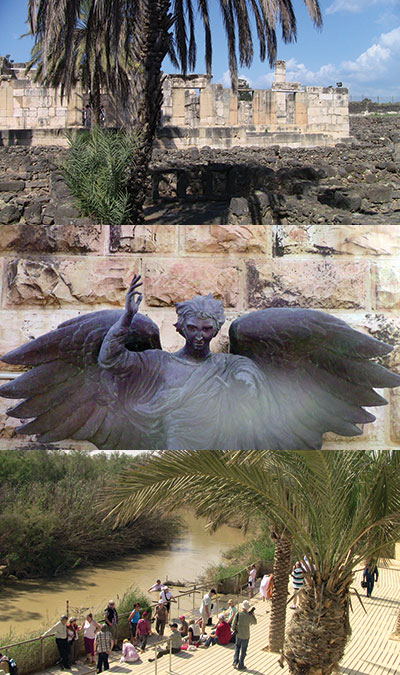
Top image: Ruins of Capernaum. A fourth-century synagogue has been rebuilt where the synagogue Jesus taught in once stood. Middle image: Angel sculpture at the Shepherd’s Fields church. Bottom: Pilgrims wade into the Jordan River at the site where tradition states Jesus was baptized.
Our journey to Caesarea made that particularly clear. If, like me, you’re not ethnically Jewish, this city is particularly important; for it was here that God made it abundantly clear the Gospel was for Gentiles too. Spurred on by a vision he had in Joppa, Peter went to Caesarea to meet with the Roman Centurion Cornelius. “You are well aware that it is against our law for a Jew to associate with a Gentile or visit him,” Peter explained, “but God has shown me that I should call any man impure or unclean” (Acts 10:28). “I now realize how true it is,” he continued, “that God does not show favouritism but accepts men from every nation who fear him and do what is right” (10:34-35). And then, for the first time, Peter proclaimed the Gospel to Gentiles.
This place—built by the king who tried to snuff out Jesus’ life when He was still a baby—is the place where the Good News comes to Gentiles. Human attempts to prevent Christ must always fail. We see that in a powerful way in Caesarea. For it was here that Herod Antipas—Herod the Great’s grandson—met his end. Herod Antipas had set himself against the Church. Luke tells us that this “King Herod arrested some who belonged to the church, intending to persecute them” (Acts 12:1). He first had James, the brother of John, executed with a sword, and when he saw the popularity of the act, he had Peter arrested too. But God sent an angel to save Peter from prison, frustrating Herod’s plans.
Following this, Herod went from Judea to Caesarea. There he was met by a crowd to whom he delivered a public address. Luke records the rest for us:
“[The people] shouted, ‘This is the voice of a god, not of a man.’ Immediately, because Herod did not give praise to God, an angel of the Lord struck him down, and he was eaten by worms and died” (Acts 12:22-23).
The persecutor of the Church was destroyed. “But the Word of God,” Luke tells us, “continued to increase and spread” (Acts 12:24). Such stories in Scripture do not mean we will never face difficulties in this life and that our persecutors will always be dispatched. Far from it. Herod Antipas succeeded in executing James after all, and Peter too would later be crucified in the reign of Nero. The promise is instead that the Holy Spirit will accomplish His mission, ensuring the continued proclamation of the Gospel to the ends of the earth, engendering faith in those who hear.
Jesus promised the same to Peter once. Peter had just confessed, prompted by the Holy Spirit, that Jesus was “the Christ, the Son of the living God” (Matthew 16:16). Jesus commends him and promises that the Church built on his confession will never fall. “On this rock I will build my church,” He says, “and the gates of Hades will not overcome it” (Matthew 16:18).
It’s now Wednesday. We’re standing in the ruins of a different Caesarea: Caesarea Philippi, the town near which Peter’s great confession took place. Most of us know the story, but few of us realize how the place where it took place—Caesarea Philippi—actually matters. Caesarea Philippi was a Greco-Roman town, not a Jewish settlement. A temple to Caesar Augustus had been built there by Herod the Great about fifteen years before Jesus was born. The entire area was known as the Paneas—an area devoted to the god Pan. A temple was built in Pan’s honour during the first century AD, and a temple to Zeus also came near the end of that century. In other words, this area—this region of Caesarea Philippi—was a Pagan stronghold in the Holy Land. So when Christ promised that the gates of Hell would not prevail against the Church, He was making that promise in a place where Pagan religion did seem to be encroaching on the people of God.
When we visit Caesarea Philippi today, however, we find Christ is right: the once-mighty shrines to Zeus and Pan have crumbled to dust, but the Church of Christ is still going strong. Christ has kept His promise. Things may sometimes look bleak and the enemies of God may appear to be winning, but He is with us always, “to the very end of the age” (Matthew 28:20).
To Jerusalem
The story of Peter’s great confession ends with the note that, “from that time on Jesus began to explain to his disciples that he must go to Jerusalem and suffer many things… and that he must be killed and on the third day be raised to life” (Matthew 16:21). So too, in our journey through the Holy Land, we would at last make our way to Jerusalem.

Top image: Ruins of the hippodrome in Caesarea. Second image from top: Ruins of Pagan temples at Caesarea Philippi. Second image from bottom: Jewish men pray at the Western Wall. Bottom image: African pilgrims visit the Garden Tomb.
Today is Friday and we’re standing at the Western Wall in the old city of Jerusalem. This wall dates back to the time of Christ. In fact, it was the outer wall which surrounded the Second Temple grounds in Jesus’ day. The Temple is now gone, razed by the Romans in 70 AD. A mosque—the Dome of the Rock—has since been built over the site. But this section of the outer-wall (with additional sections added to it since then) still stands.
It is a remarkable thing to touch stones so old—to know that Christ too looked upon this wall when he visited the Temple. A thousand years before Christ, God promised to dwell here in a special way. When Solomon built the First Temple, God promised him: “I have chosen and consecrated this temple so that my name will be there forever,” He said. “My eyes and my heart will always be there” (2 Chronicles 7:16). Inside, the Holy of Holies housed the Ark of the Covenant. Above it, between statues of angels, was the Mercy Seat. Here the “Lord Almighty,” we read, was “enthroned between the cherubim” (1 Samuel 4:4). God made His presence known at the Mercy Seat in a special way. For this reason, none could approach it except the High Priest, and him only once a year.
By the time the Romans took authority over Israel, the Ark of the Covenant was long lost. Solomon’s Temple was destroyed and a new Temple was built in its place. It too had a Holy of Holies. It too was believed to be indwelt by the presence of God. But a time was coming when God’s people would no longer be called to worship Him in a temple or on a holy mountain (John 4:23). God’s presence was coming into the world in a new way. Christ was coming.
In Christ, God became finally and perfectly present among men. He became man, for “in Christ, all the fullness of the Deity lives in bodily form” (Colossians 2:9). He came to dwell among us, though not as we expected. He came to die. But no one would take His life from Him; He laid it down of His own accord (John 10:18). His death would not be accomplished through Herod the Great’s scheming, nor could His message be squelched by Pagan religions and the gates of Hell. No, He died according to God’s plan. In Jerusalem, He was arrested. He was beaten. He was led out to the Place of the Skull and crucified. He took upon Himself the sins of all people—past, present, and future—and received the punishment we deserved. And on a hill, two thousand years ago, God died.
In Christ, God became finally and perfectly present among men.
But He did not stay dead! The tomb in which He lay was empty three days later. Two places in Jerusalem today purport to be His tomb. On our final day in Israel, we visited them both: they’re still empty. If neither of them are the real tomb, it doesn’t matter; wherever the true tomb is, it’s empty. Jesus Christ arose, bringing with Him the promise of resurrection to all who believe in Him. And as He lived then, He still lives. He is still present, still dwelling among us, still active in the Church today.
Visiting the Holy Land is a wonderful reminder of the incarnational mercy of God. He still cares for real people and meets them in real ways, just as He did two thousand years ago among the disciples. But even if you never visit the Holy Land yourself, you can know this: God dwells with you too. Everywhere the Scriptures are read, everywhere the sacraments are administered, everywhere hearts believe in the Good News of Jesus Christ, He is present. Whatever trial you encounter, God has promised to be with you: “Never will I leave you,” He says, “never will I forsake you” (Hebrews 13:5). And God always keeps His promises.
——————–
Mathew Block is editor of The Canadian Lutheran and communications manager for Lutheran Church–Canada. Images are by Mathew and Leah Block. Title image: A trail in the Galilee region leading up to the Mount of Beatitudes. This Holy Land Tour was a Canadian Church Press event, and was sponsored by the Israel Government Tourism Office.


